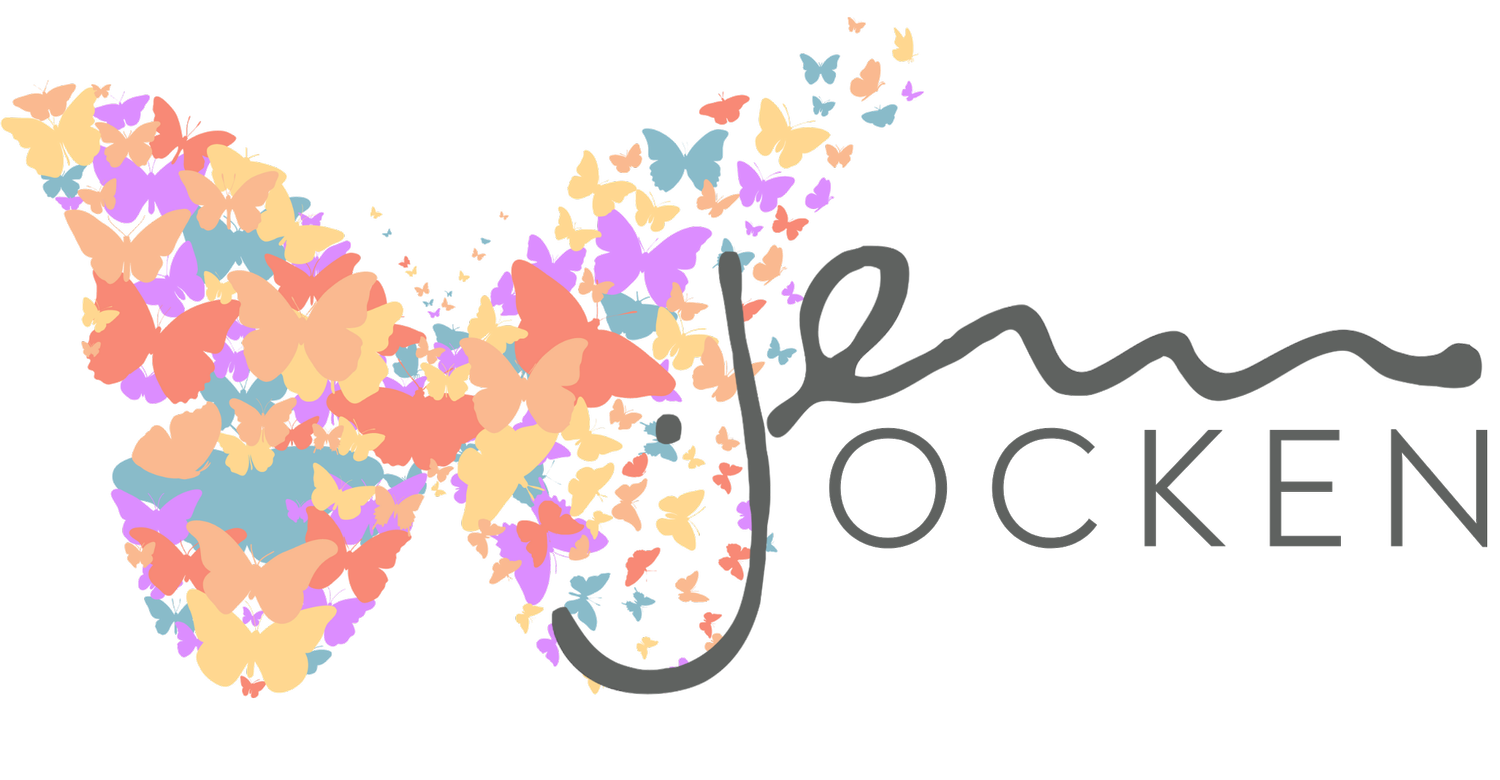The Creative Return (Part 2)
A Way Through (Not Around)
If you read the post on implicatory denial and found yourself whispering, “That’s me…”—you’re not alone.
Naming the pattern is powerful. But what happens next is even more important. You don’t need another productivity hack. You don’t need a better system.
You need something more sustainable than hustle and more honest than avoidance.
You need a different kind of relationship with yourself—a way of moving that honors your capacity, your timing, and your truth.
Quick review (or introduction) to Creative Adaptive Intelligence
Creative Adaptive Intelligence is not a tool. It’s a way of being. It’s a return to:
Intuition over urgency
Integrity over performance
Creativity over control
It’s the kind of intelligence that emerges not when we push harder, but when we root deeper.
CAI invites us to notice what’s working, question what’s not, and take one aligned action—not because we’ve mastered it all, but because we’re ready to show up for the next right thing.
Why We Need It Now More Than Ever
Implicatory denial thrives in overthinking, over-scheduling, and overwhelm. It keeps us reacting instead of choosing. But CAI helps us:
Reconnect with self-trust
Break the loop of all-or-nothing thinking
Embrace imperfect but aligned action
Find momentum through presence—not pressure
This isn’t about building more resilience through grit—it’s about building it through grace.
How CAI Helps You Reclaim Your Power
Here are a few ways Creative Adaptive Intelligence supports real movement:
You start where you are.
Not where you think you should be. Not where someone else is. But here. Now.
And yet, how often do we bargain ourselves out of action by saying:
"When I finish this..."
"When things calm down..."
"When I’m more prepared..."
It sounds like logic. But it’s actually a clever disguise—a way we keep ourselves safely on the sidelines, waiting for perfect conditions that never quite arrive.
Comparison sneaks in here, too. It’s the silent killer of motivation. The thief of momentum. It makes us believe we have to be them or be there before we’re allowed to begin.
But here’s the truth: Where you are—with your lived experience, your curiosity, your messy brilliance—is enough. Combined with just one inspired nudge, one whisper of willingness, it’s more than enough to begin.
Now is not too late. It’s exactly the place to start.
You shift your questions.
These questions are part of the shift that begins when you give yourself permission to start where you are.
From: “How do I fix this?”
To: “What truth am I ready to honor today?”
From: “What’s wrong with me?”
To: “What would compassion say to this part of me?”
From: “Why can’t I figure this out yet?”
To: “What part of me needs more space or support to unfold?”
From: “What if I fail again?”
To: “What might I learn, even if it doesn’t go the way I planned?”
From: “How do I keep up?”
To: “What pace actually supports my creativity—not just my output?”
You experiment instead of perfect.
CAI understands that change isn’t linear—it’s responsive. It’s not a straight line; it’s a dance. A dialogue. A living, breathing rhythm of trying, adjusting, sensing what feels true.
When something doesn’t land or feels off—it isn’t failure. It’s a message. An invitation to pause, re-evaluate, and get curious. That moment of tension or misalignment? It’s valuable information.
This is how we build trust with ourselves—not by getting it right the first time, but by staying in relationship with the process. Feedback over finality. Curiosity over critique.
It’s never failure. It’s feedback.
You remember who you are beyond productivity.
CAI centers your being before your doing. It asks, “What do I need in order to show up clear and whole?”
And showing up clear and whole doesn’t have to look like enlightenment. In fact, the most powerful answers are often the simplest. It can look like:
Drinking a glass of water before opening your inbox
Getting dressed in something that feels good on your skin
Making your bed so your mind feels a little less cluttered
Turning off notifications for an hour
Taking five deep breaths and letting yourself be for a moment
These aren’t small. They’re foundational. They’re how you return to yourself in a world that constantly pulls you away.
Of course, clarity and wholeness can also show up in more expansive ways:
speaking your truth when your voice shakes,
initiating a new project with joy,
setting a boundary that once terrified you,
or finally letting yourself rest without guilt.
But it’s the everyday practices that matter most. The ones that restore your sense of safety and sovereignty. The ones that remind you: You’re not here to perform. You’re here to live.
You’re not a machine—you’re a creative, living system. And your clarity doesn’t come from control. It comes from care.
A Creative Return Is Not a Performance
When you return to yourself with CAI, you’re not showing up to impress anyone. You’re showing up because you know your next step doesn’t have to be huge, it just has to be true.
You reclaim your energy from shame, comparison, and fear. You interrupt the pattern of self-sabotage. And slowly, your life begins to reflect your values, not just your obligations.
That is creative adaptive intelligence. That is inner leadership.
Before you move on, take a breath and check in with yourself:
Is there something I’ve been quietly avoiding—not because it’s unimportant, but because it feels like too much?
Acknowledge it. Gently. Without judgment. You have permission
to shift.
To choose again.
To take a different action that aligns with who you’re becoming—not who you’ve been.
You don’t need to have it all figured out. You just need to listen to what’s true right now.
And it’s not something you hustle into—it’s something you remember how to practice.


